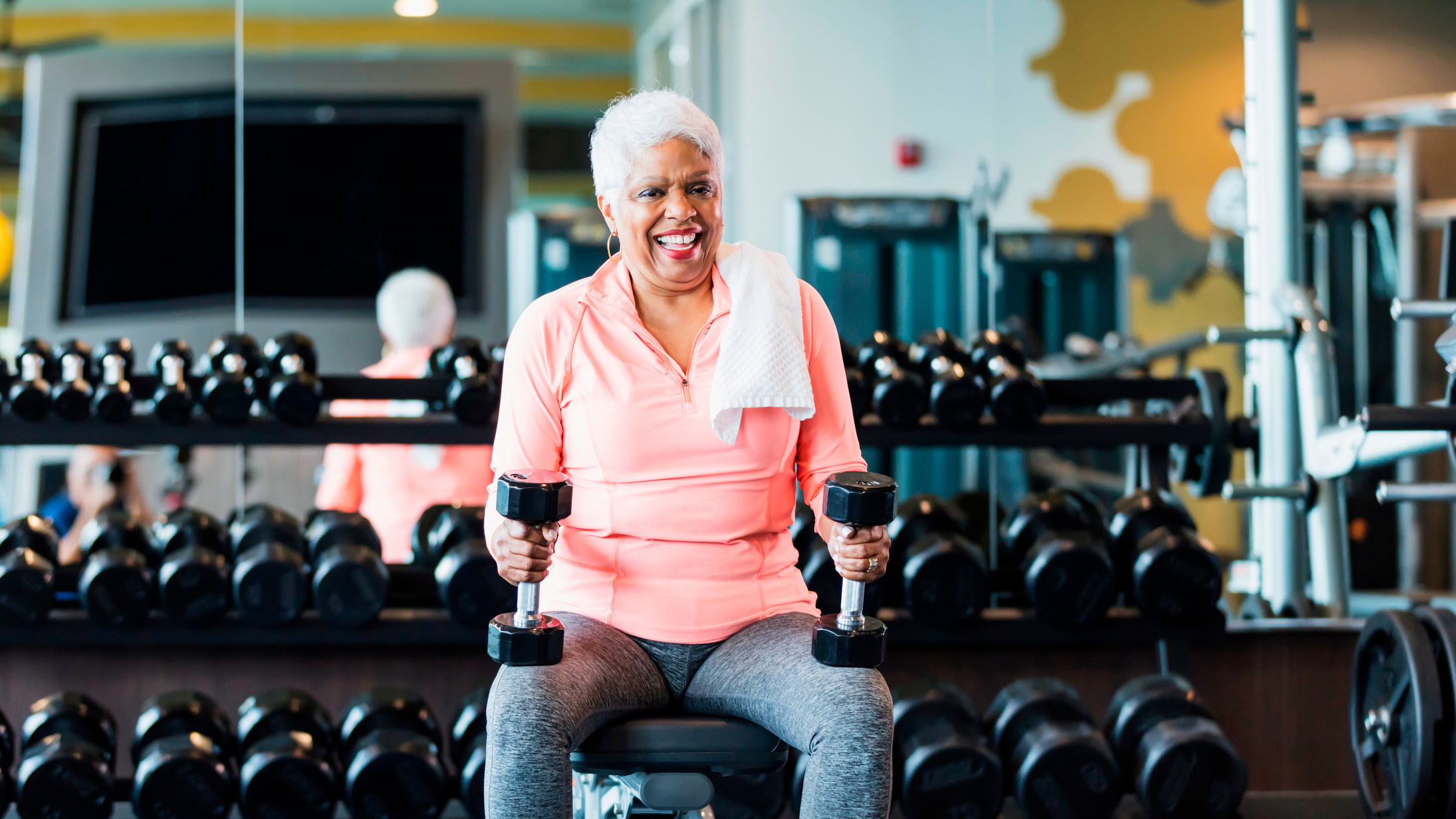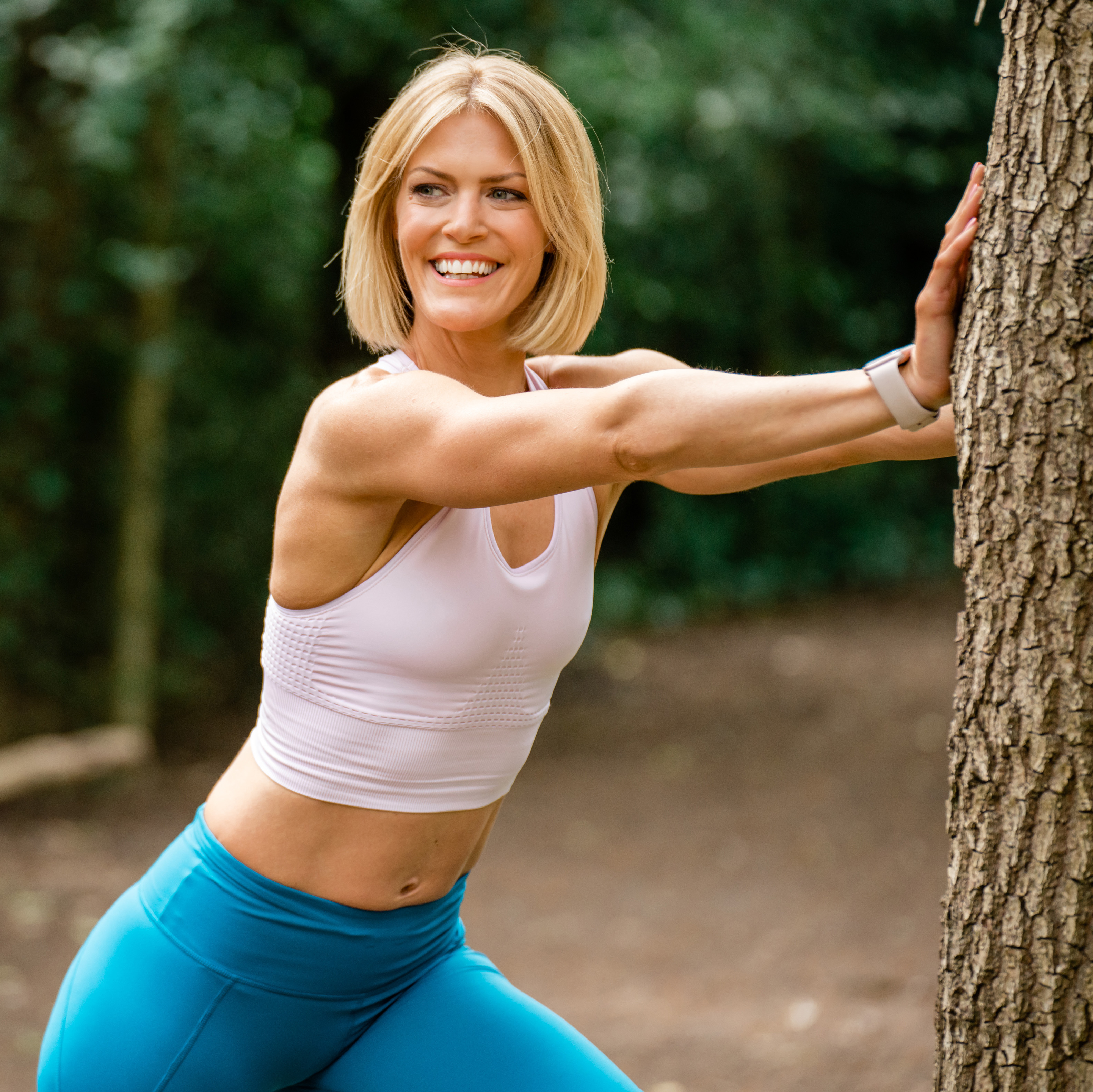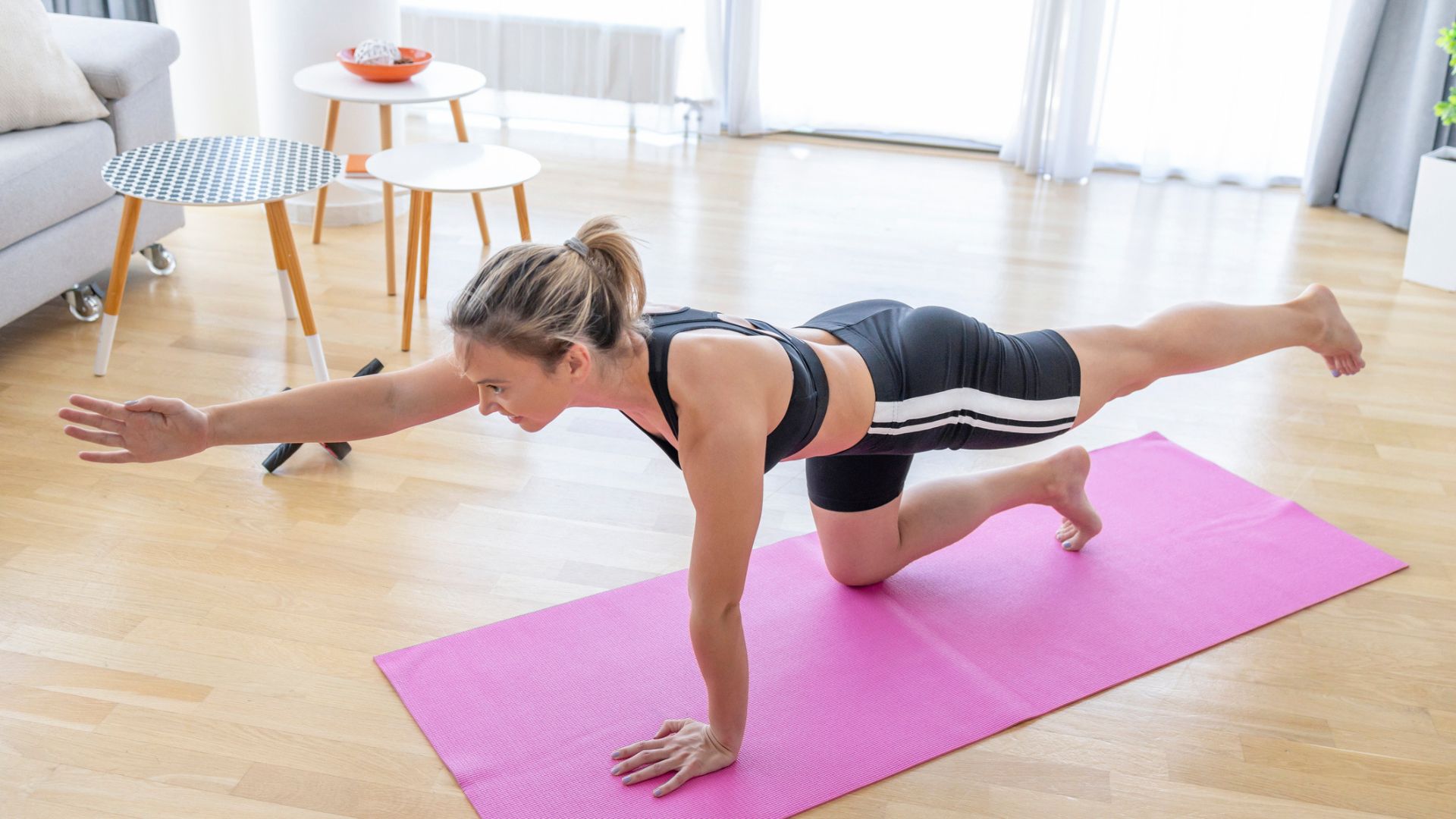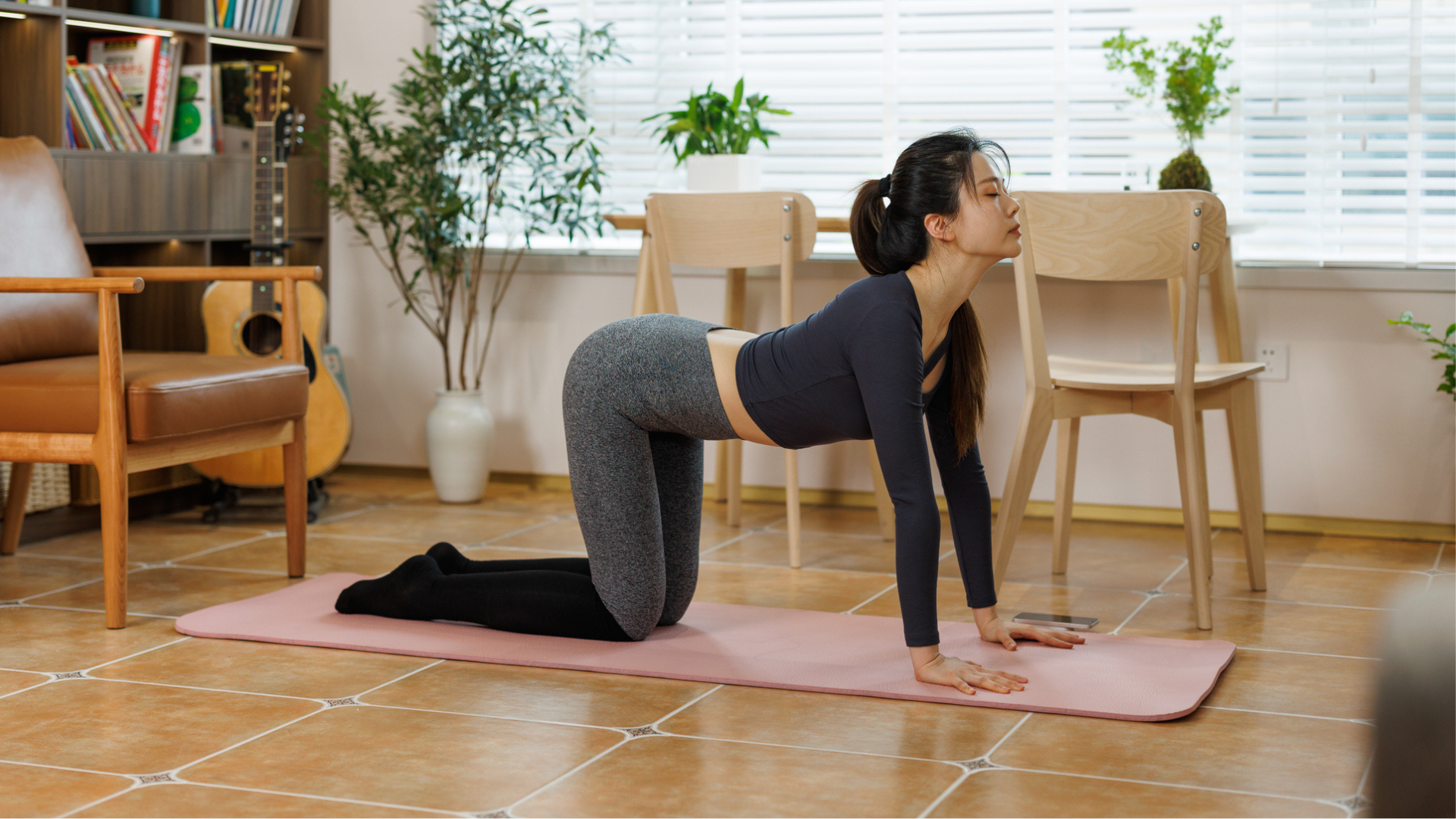"The more muscle we have, the longer we live"—this trainer explains how strength training is the key to longevity and where to start
I asked an expert trainer why maintaining muscle mass is so important as we get older, and where to start with a strength training routine

You may not know this, but scientific research has established a strong link between muscle mass and longevity. For instance, a 2014 study in The American Journal of Medicine indicates that the more muscle we have, the higher our chances are of living longer. A more recent study in the Journal of Strength and Conditioning Research identified a correlation between muscle weakness (by testing grip strength) and earlier all-cause mortality. So, should we all be hitting the gym to live longer?
Yes, says personal trainer Emma Simarro. Simarro believes that we all should focus on building muscle and getting strong to increase the likelihood of living independently for longer.
“The more muscle we have, the longer we live,” says Simarro. “Our muscles are an endocrine system in their own right: they affect our immunity, energy levels and sleep because they produce hormones. The more muscle mass you have, the more your survivability increases. Even if you were diagnosed with cancer, if you have more muscle your survivability rate goes up because of how they function—it's amazing.”
Building muscle takes on even greater importance for women. “It's mandatory I would say; even if you don't like it, women still need to do it,” says Simarro.
One reason is that muscle is important for protecting bones, and women see a decrease in their bone mass from the age of 30, with a huge drop-off after menopause as the hormone estrogen decreases, making women more prone to osteoporosis.
This is why Simarro focuses on training women and encouraging them to lift heavier weights. “From the age of 30, we start slowly losing muscle mass too,” says Simarro. “It's part of the natural aging process and there's nothing we can do about that, but we can mitigate the effects of it. I want to be 70 or 80 and still doing cool stuff. It’s not just about adding 20 years to our lives: we want to live longer but live independently for as long as possible.”
A post shared by Emma | Personal Trainer | Surrey (@emmasimarropt)
A photo posted by on
How to start strength training
So, we know it’s important to be doing regular strength training, but if you’ve never picked up a kettlebell before, where should you start?
Get the Fit&Well Newsletter
Start your week with achievable workout ideas, health tips and wellbeing advice in your inbox.
“Start training with just your bodyweight,” says Simarro. Before you introduce weights to your training, you should make sure you are executing some of the fundamental movement patterns properly. If you don’t have your form nailed down, your risk of injury increases. “Once you feel confident in those movements, you can slowly start introducing weight," says Simarro.
Simarro encourages adults who are new to strength training to enlist the help of a personal trainer to ensure they’re getting their form right from the start. “If you couldn't swim, you would never jump into a pool without having a lesson,” says Simarro.
Alternatively, if a personal trainer is too expensive, you can use your phone to film yourself and check your form that way. Online classes, like Simarro’s on-demand strength workouts, can also be a good way to start if you’re not sure what exercises you should be doing. “It's a more affordable and accessible way to access strength training,” says Simarro.
How long should you train for?
“Ideally, three 45-minute full-body strength sessions a week,” says Simarro. “However, I don't ever want people thinking if they don't hit that target there's no point because there is always a point. If you can only manage one strength training session a week, your bones and muscles will still benefit from that.”
Simarro also points out that those three sessions can be shorter, so don't give up entirely if you can only manage 20 minutes or less. You are still moving and you are still going to be developing or maintaining muscle mass—it’ll just take a little longer to see the results.
What movements should you focus on?
There are five movement patterns that Simarro recommends you incorporate into your training sessions once you've moved on to using weights, all of which are functional and should strengthen the muscles you use every day already.
- Squat
- Hinge
- Push
- Pull
- Rotation
“When we strength train, we want to incorporate each of those patterns into every workout ideally. So, I would do one squat, one hinge, a press away from me, such as a press-up, then [an overhead press] for shoulders, a pull, and then some sort of anti-rotation to work for the core,” says Simarro.

Emma Simarro is a personal trainer based in the UK who offers in-person strength training and on-demand fitness classes. Simarro is dedicated to helping women feel their best and believes that exercise shouldn’t be about punishment and eating well shouldn’t be about restriction.

Lou Mudge is a Health Writer at Future Plc, working across Fit&Well and Coach. She previously worked for Live Science, and regularly writes for Space.com and Pet's Radar. Based in Bath, UK, she has a passion for food, nutrition and health and is eager to demystify diet culture in order to make health and fitness accessible to everybody.
Multiple diagnoses in her early twenties sparked an interest in the gut-brain axis and the impact that diet and exercise can have on both physical and mental health. She was put on the FODMAP elimination diet during this time and learned to adapt recipes to fit these parameters, while retaining core flavors and textures, and now enjoys cooking for gut health.
-
 I did bird dog every day for seven days and now I understand why trainers recommend it for core strength, spinal health and posture
I did bird dog every day for seven days and now I understand why trainers recommend it for core strength, spinal health and postureThis simple bodyweight move has so many benefits
By Alice Porter
-
 A yoga instructor says this eight-minute routine is all you need to mobilize your entire body
A yoga instructor says this eight-minute routine is all you need to mobilize your entire bodyStiff and achy muscles? Try this
By Alice Porter